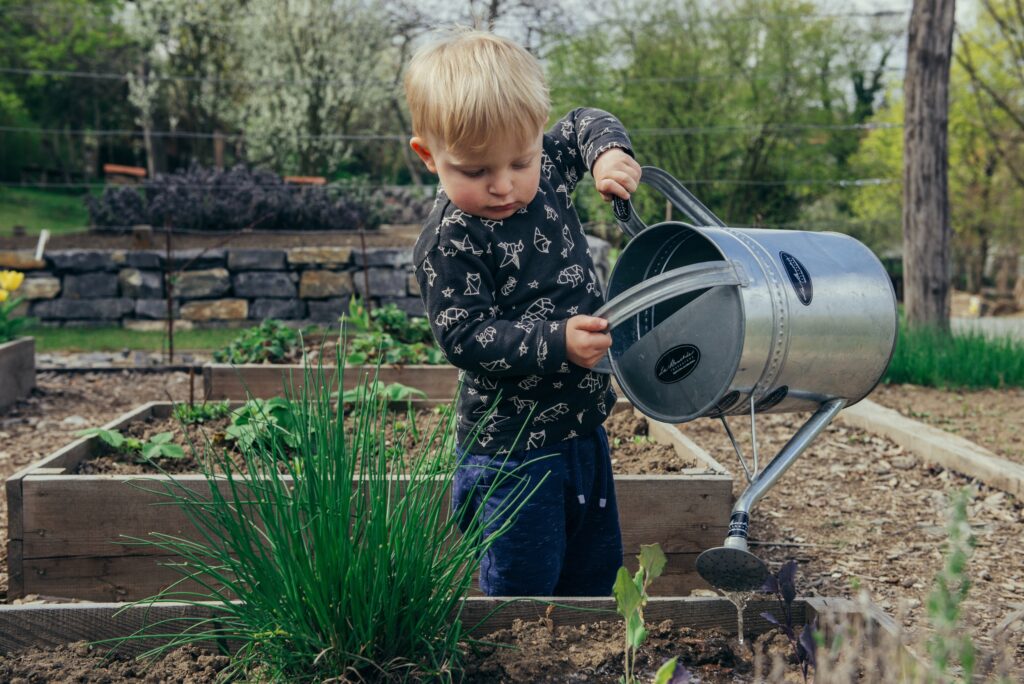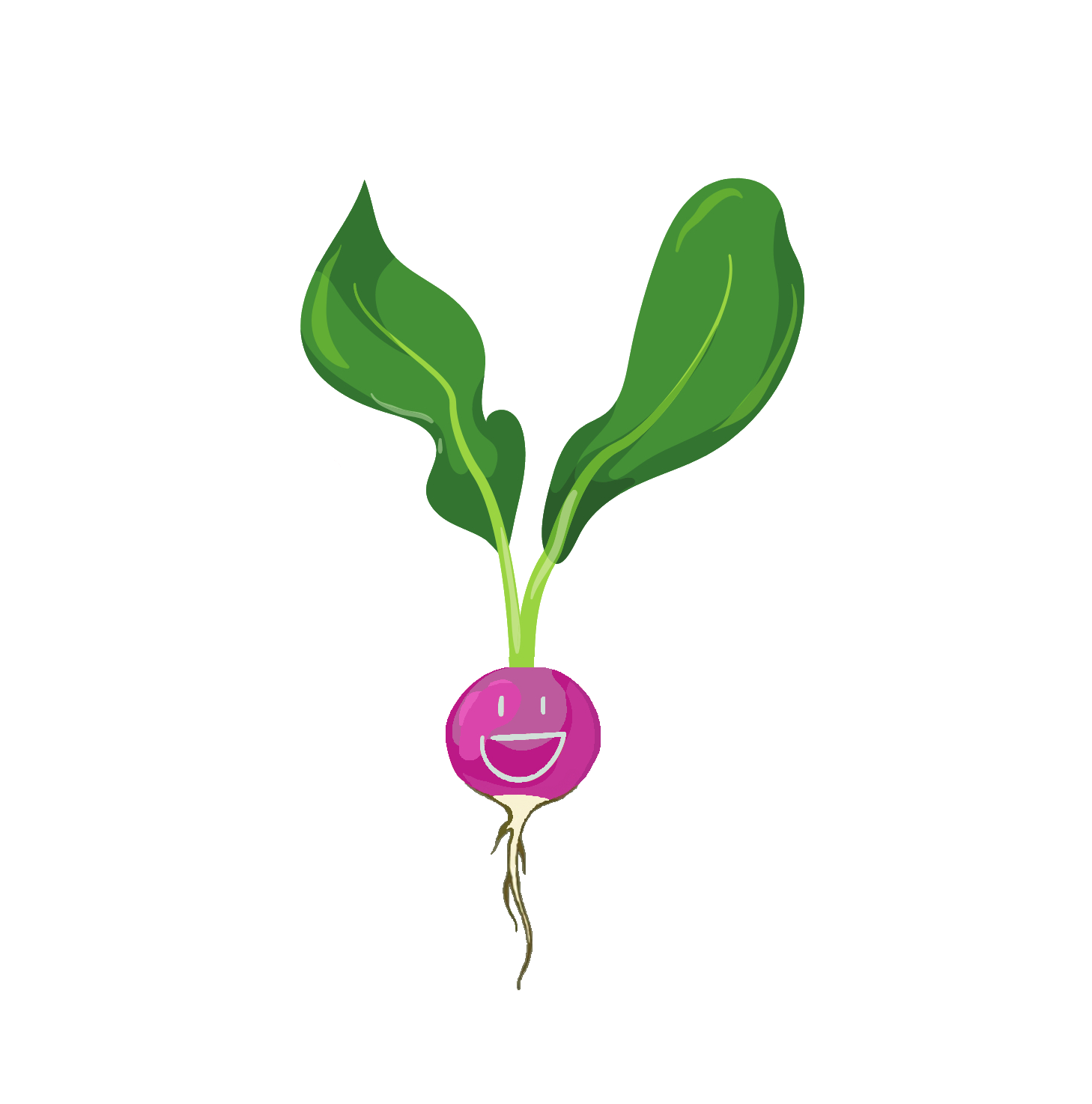Het I'VE GROWN project
Renewed interest in school gardening
The first school gardens in the Netherlands were developed over a hundred years ago 1. In 1905, Lee Cleveland Corbett wrote about the many benefits of school gardening, such as learning about nature, individual responsibility, and developing skills and dexterity through the use of various tools 2. Today, school gardens are increasingly used for nutrition education to teach children about food and its sources, helping them develop healthy food preferences and sustainable eating patterns 3 4 5.
Healthy habits from a young age
Healthy eating habits can reduce the risk of obesity and other diet-related chronic diseases, such as type 2 diabetes or cardiovascular diseases 6. Simultaneously, a sustainable diet positively impacts planetary health by reducing greenhouse gas emissions, water use, and land use 6. Research has shown that food preferences and eating habits established at a young age persist into later life 7 8, making children a crucial target group for promoting healthy and sustainable eating patterns. School gardens can be a relevant and meaningful way to influence children’s eating behavior, thereby contributing to individual and public health.

Previous research on school gardening
arious studies have examined the effects of school garden programs on children’s fruit and vegetable consumption and nutritional knowledge, highlighting the potential of school gardening across a broad range of outcomes. However, these studies vary significantly in design and measurement methods. Additionally, the garden programs studied differ in setup, implementation, and context. The underlying mechanisms of change have not been extensively studied but are crucial to unravel for developing (more) effective school garden interventions and outlining conditions for structural implementation.
References
- Van Lier, M. en Leufgen, W., Jong Leren Moestuinieren. Kindermoestuinen in Nederland – verleden, heden, toekomst. 2018.
- Corbett, L.C., The school garden. 1905: US Government Printing Office.
- DUO Onderwijsonderzoek & Advies, Rapportage Schooltuinen. 2021: Utrecht.
- Schreinemachers, P. et al., Nudging children toward healthier food choices: An experiment combining school and home gardens. Global Food Security, 2020. 26: p. 100454.
- Rutenfrans, A.H.M. en Van Der Kurk, L., Inventarisatie ondersteunings-structuur van schooltuinen in Nederland. 2021, Adviesbureau Beleef & Weet, Allura Vision Growers.
- Swinburn, B.A. et al., The global syndemic of obesity, undernutrition, and climate change: the Lancet Commission report. The lancet, 2019. 393(10173): p. 791-846.
- Nicklaus, S. en E. Remy, Early Origins of Overeating: Tracking Between Early Food Habits and Later Eating Patterns. Current Obesity Reports, 2013. 2(2): p. 179-184.
- Remy, E. et al., Repeated exposure of infants at complementary feeding to a vegetable puree increases acceptance as effectively as flavor-flavor learning and more effectively than flavor-nutrient learning. J Nutr, 2013. 143(7): p. 1194-200.
